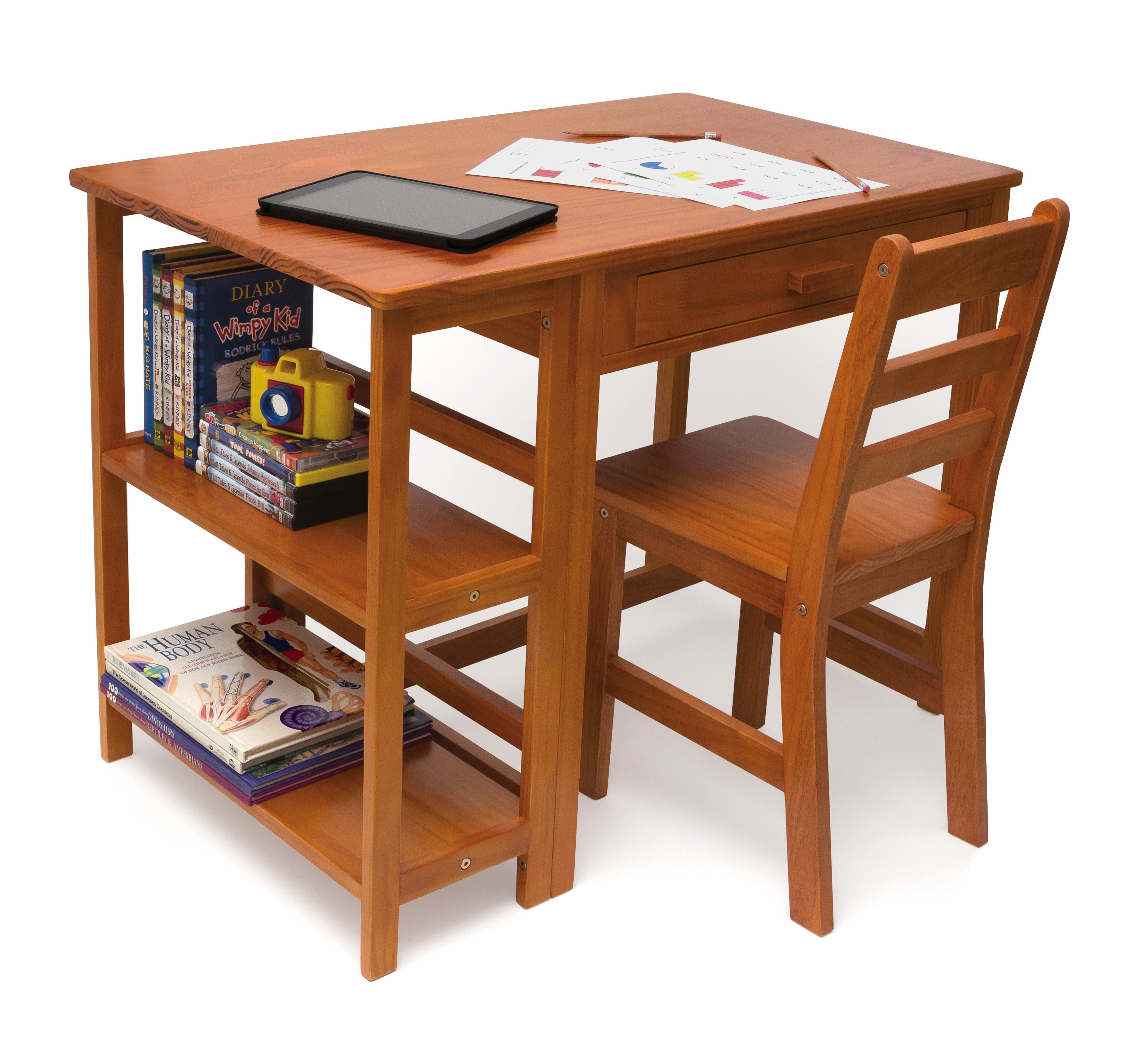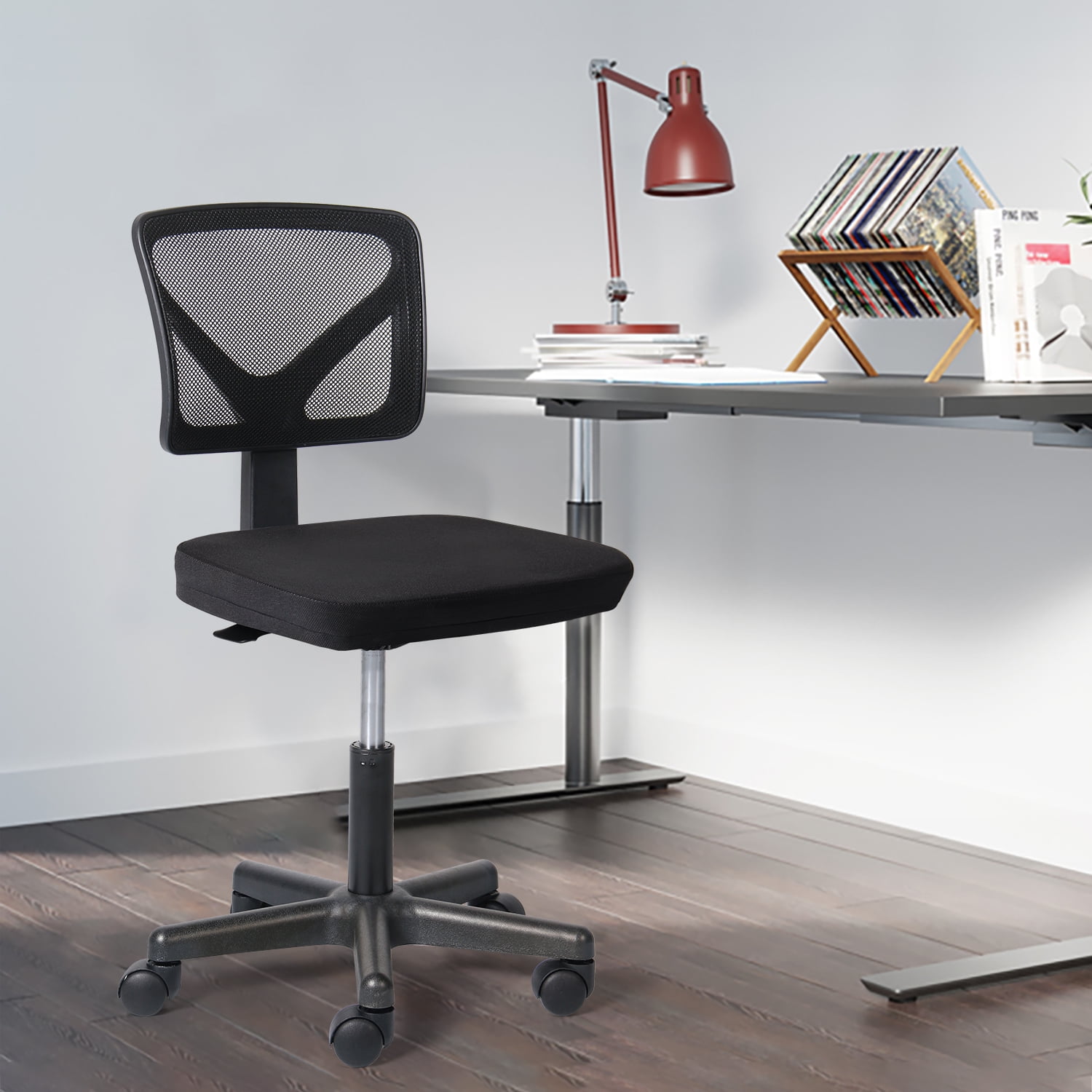Desk and Chair in Different Work Environments: Desk And A Chair

Right, so we’ve sorted the basics – desk, chair, the whole shebang. Now let’s get into the nitty-gritty of how these things change depending on where you’re working. From your gaff to a corporate sweatbox, the set-up’s gotta be right to get the job done.
Desk and a chair – The design of your workspace massively impacts your vibe and how much you actually get done. A comfy chair and a decent desk are crucial, but it’s the whole picture that matters – lighting, storage, the lot. Get it wrong, and you’re looking at backache, headaches, and a serious slump in productivity. Nail it, and you’re buzzing, smashing deadlines, and feeling like a boss.
Desk and Chair Adaptations Across Different Work Settings, Desk and a chair
Here’s the lowdown on how desks and chairs get tweaked for different work environments. It’s all about adapting to the specific needs of the job and the people doing it.
- Home Office: Desks are often smaller, maybe a simple standing desk or a repurposed table. Chairs are usually more relaxed, think comfy office chairs or even a beanbag if you’re feeling it. The rationale? Flexibility and comfort are key; it’s your space, so you make it work for you.
- Corporate Office: Desks are typically standardised, often large and modular. Chairs are usually ergonomic, designed to support posture for long periods. The rationale? Consistency and efficiency are paramount; everyone’s working in a similar set-up. Plus, it looks good for the company image.
- Classroom: Desks are smaller, often attached to chairs, designed for writing and note-taking. Chairs are basic and durable, built to withstand a fair bit of wear and tear. The rationale? Practicality and affordability; these need to last and be easy to maintain.
- Co-working Space: Desks can range from hot-desking setups to private booths. Chairs are usually comfortable and adaptable, often with adjustable heights. The rationale? Flexibility and shared resources are the name of the game. Everyone needs to be able to work comfortably, whatever their needs.
Workspace Design’s Influence on Productivity and Well-being
The link between workspace design and your well-being is seriously strong. A poorly designed space can lead to all sorts of problems – from back pain and eye strain to stress and burnout. A well-designed space, on the other hand, boosts your mood, energy levels, and productivity. Your desk and chair are at the heart of this.
Think about it: a cramped desk with a dodgy chair will leave you feeling uncomfortable and frustrated. A spacious desk with a supportive chair, good lighting, and plenty of storage? That’s a recipe for a productive and happy worker. It’s about creating an environment that helps you perform at your best, both physically and mentally.
Hypothetical Workspace for a Graphic Designer
Let’s imagine we’re designing the perfect workspace for a graphic designer. We’re talking top-notch equipment and a vibe that sparks creativity.
The room would be bright and airy, with large windows letting in plenty of natural light. The desk would be a large, adjustable height desk, allowing for both sitting and standing work. The chair would be an ergonomic model, fully adjustable, with excellent lumbar support. A large, high-resolution monitor would be essential, along with a powerful computer and a graphics tablet. Plenty of storage would be available for art supplies, sketchbooks, and other materials. The overall aesthetic would be clean and modern, fostering a sense of calm and focus. Good lighting is key; a combination of natural light and task lighting would prevent eye strain.
The Materials and Manufacturing of Desks and Chairs

Right, so you’re clued up on where you might find a desk and chair, but let’s get down to the nitty-gritty: what they’re actually *made* of and how they get from factory floor to your flat. It’s a proper journey, innit? From the raw materials to the finished product, there’s a whole load going on.
Materials Used in Desk and Chair Construction
Choosing the right materials is key to a decent desk and chair. The materials used heavily influence the piece’s durability, comfort, and overall aesthetic. Different materials offer different pros and cons, making the choice a balance of needs and budget.
| Material | Pros | Cons | Common Uses |
|---|---|---|---|
| Wood | Durable, aesthetically pleasing, can be sustainably sourced, relatively easy to repair. | Can be expensive, susceptible to damage from moisture and pests, requires regular maintenance. | High-end desks, office chairs, traditional-style furniture. |
| Metal | Strong, durable, resistant to damage, relatively easy to clean. | Can be heavy, can rust or corrode, can be cold to the touch. | Industrial-style desks, ergonomic chairs with metal frames, task chairs. |
| Plastic | Lightweight, inexpensive, easy to clean, comes in a wide variety of colours and styles. | Not as durable as wood or metal, can break easily, not as aesthetically pleasing as other materials, often not recyclable. | Budget-friendly desks and chairs, children’s furniture. |
| Fabric | Comfortable, comes in a wide variety of colours and textures, can be breathable. | Can be difficult to clean, can wear out over time, susceptible to staining and damage. | Chair upholstery, desk cushions. |
Manufacturing Processes
The process of making a desk or chair is a bit of a marathon, mate. It starts with sourcing the raw materials – whether that’s lumber from sustainable forests, metal from a foundry, or plastic pellets from a manufacturer. These materials are then processed and shaped using various techniques like cutting, milling, welding, molding, and injection molding, depending on the material and design. For example, wooden chair legs might be shaped using CNC routers for precision, while plastic chair shells are often formed using injection molding machines.
After shaping, the components are assembled. This could involve simple screwing or more complex joining techniques like mortise and tenon joints in wooden furniture. Finally, the finished product undergoes quality control checks before packaging and distribution. The whole process, from tree to finished chair, is a long one!
Environmental Impact of Desk and Chair Production
The production of desks and chairs has a significant environmental impact, largely due to the use of raw materials and energy-intensive manufacturing processes. Deforestation for timber harvesting is a major concern, contributing to habitat loss and carbon emissions. The manufacturing processes themselves consume significant amounts of energy and water, and generate waste, including manufacturing scraps and packaging. The use of plastics, especially non-recyclable plastics, adds to the growing problem of plastic pollution. Transportation of materials and finished goods also contributes to carbon emissions. Reducing the environmental impact requires a move towards sustainable materials, more efficient manufacturing processes, and improved recycling and waste management strategies. Choosing furniture made from recycled materials or sustainably sourced wood can make a real difference. Longer product lifecycles, through robust construction and repairability, also reduce the overall environmental footprint.
